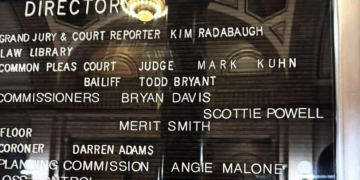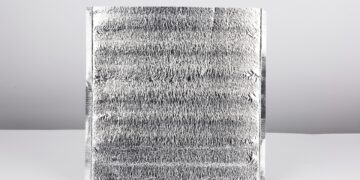Routine chimney maintenance is critical for safety and efficiency. The timing of your inspection can make all the difference. Spring is the ideal time to schedule a chimney inspection, offering several advantages that other seasons can’t match. Let’s explore why spring is the best time to inspect your chimney, highlight common issues found during inspections, and explain how your type of chimney impacts maintenance.
Why Spring?
As mentioned, spring provides the perfect conditions for chimney inspections. After months of heavy use and harsh winter conditions, your chimney may show signs of wear and tear. The milder weather makes spring inspections more comfortable and allows for the early identification of damage caused by freeze-thaw cycles.
Not to mention, professionals are more accessible in spring. Chimney sweeps and inspectors are typically fully booked in the fall, as homeowners dash to prepare for winter. Scheduling an inspection in spring ensures availability and avoids the seasonal rush. Most importantly, addressing repairs in spring gives you time to make necessary fixes before the next heating season.
Potential Issues
A thorough spring inspection can uncover common chimney problems. The freeze-thaw cycles of winter can cause cracks in your chimney’s masonry, which, if left untreated, can worsen and compromise the structure. Creosote buildup, a byproduct of burning wood, often accumulates in the chimney and poses a fire hazard if not removed. Inspectors also look for blockages caused by debris, animal nests, or other obstructions that restrict airflow. Identifying and addressing these issues early prevents costly repairs down the line.
Moisture intrusion is another issue frequently caused by winter weather. Rain, snow, and ice can seep into cracks or around damaged chimney caps, leading to rusted components, weakened flue liners, and mold growth. Catching these problems allows for prompt repairs, avoiding expensive damage later.
Various Types of Chimneys
It’s important to understand that there are various types of chimneys, and each one has unique maintenance needs. For example, masonry chimneys, which are common in older homes, are more likely to develop cracks in the bricks and mortar than a prefabricated metal chimney. An experienced inspector needs to know the type of chimney you have to make certain they bring the right tools and materials for the job.
It’s important that the inspector understands the specific challenges your chimney may face based on its type and age. The right inspection will take into account local weather conditions, common wear-and-tear patterns, and the materials used in your chimney. This guarantees that the inspector can provide a tailored approach that addresses your chimney’s specific needs, preventing future issues and ensuring long-term safety.
Plan Your Inspection Today
Spring is the best time to inspect your chimney. Scheduling an inspection now allows you to catch common problems like as cracks, creosote buildup, and moisture intrusion before they become serious problems. By addressing these concerns early, you can keep your fireplace or heating system in top shape for the next cold season. Knowing why spring is the best time to inspect your chimney also helps you avoid the stress and cost of last-minute repairs when you need your chimney most.




















































































